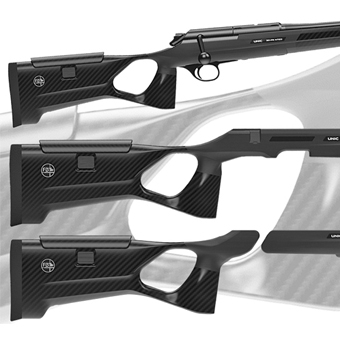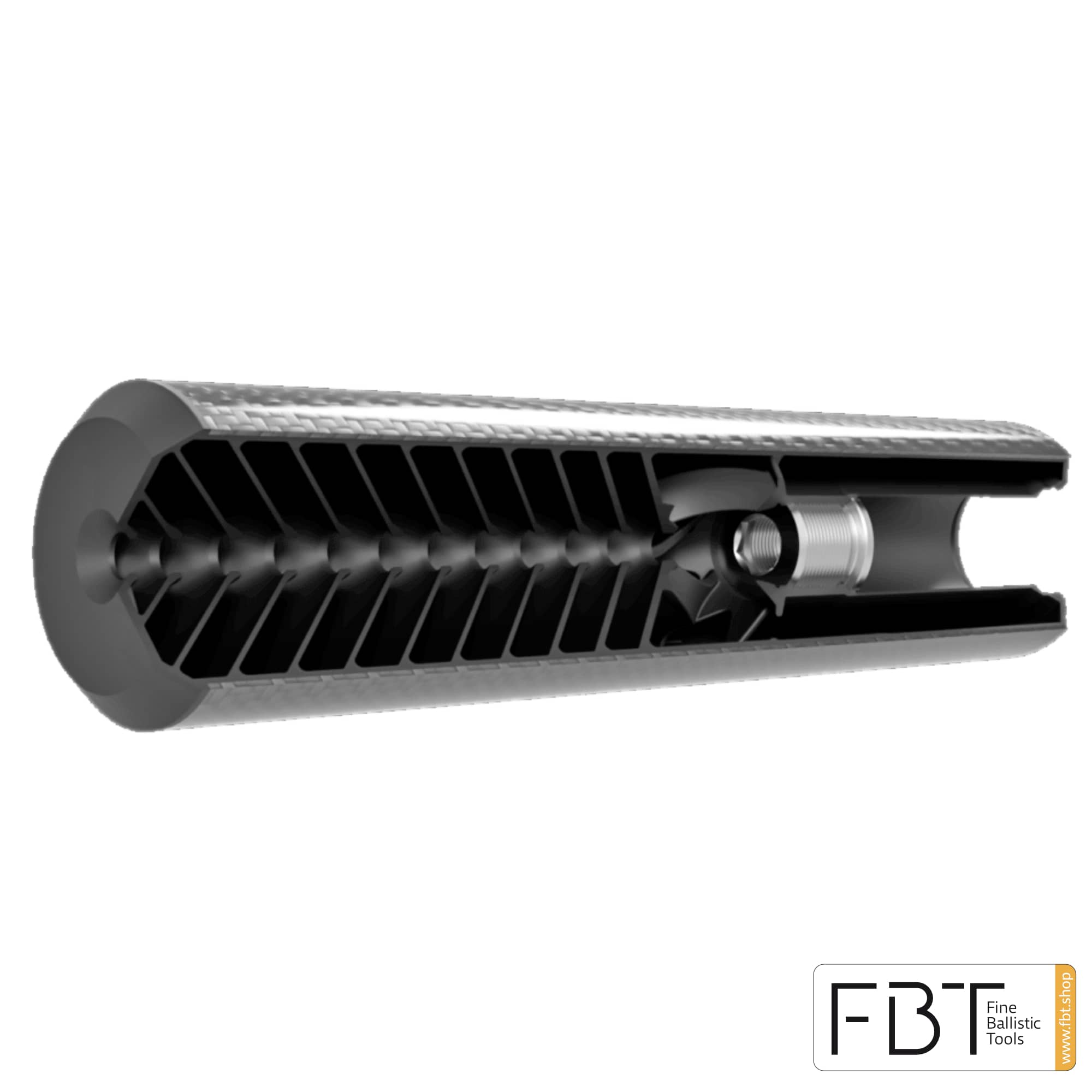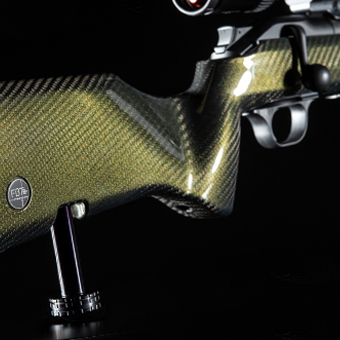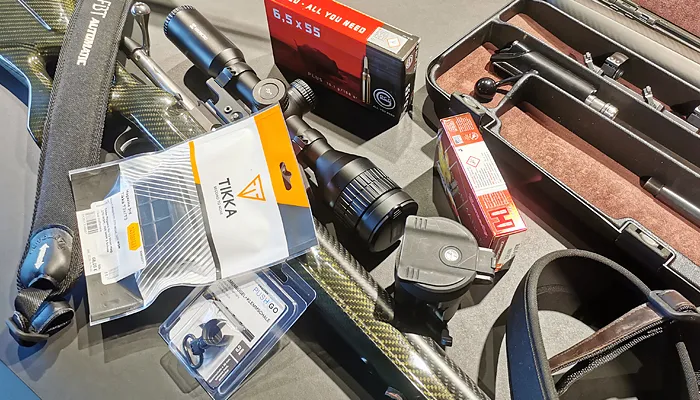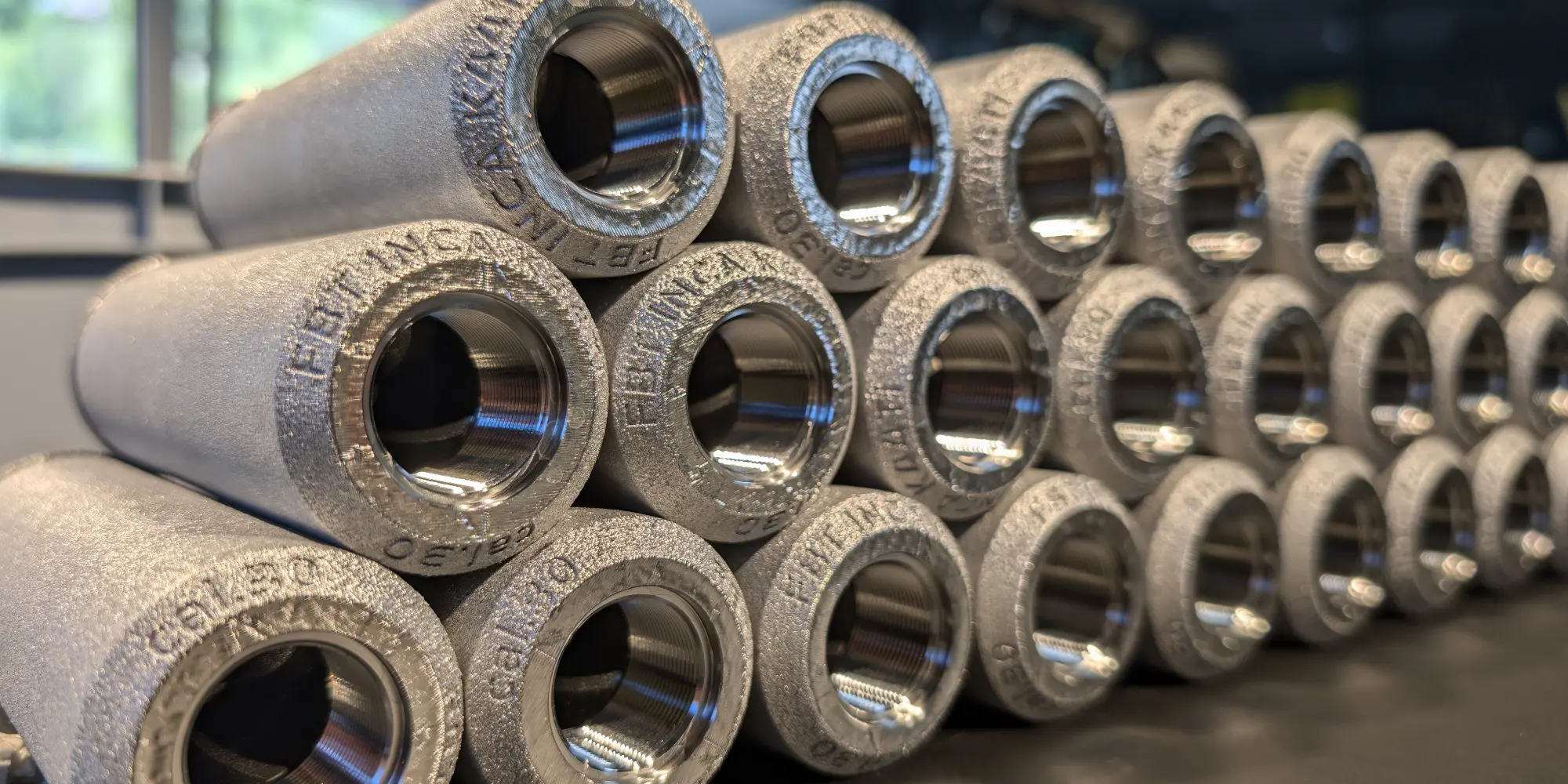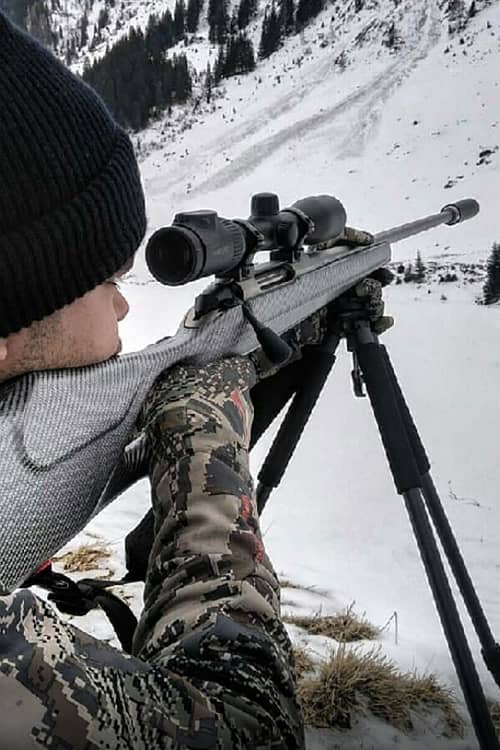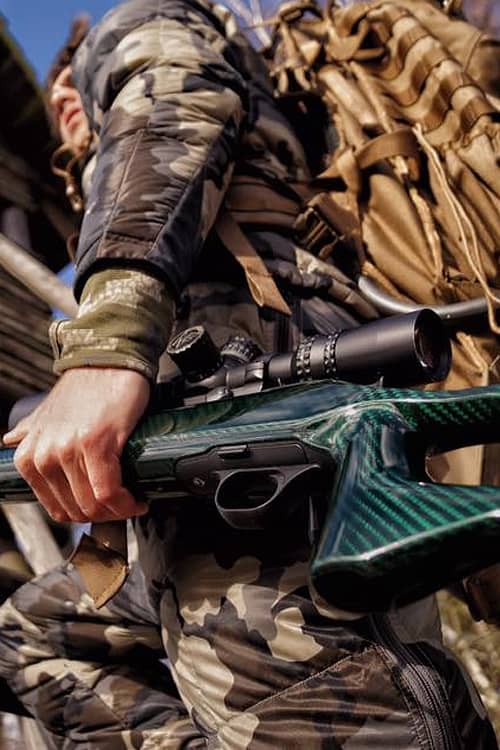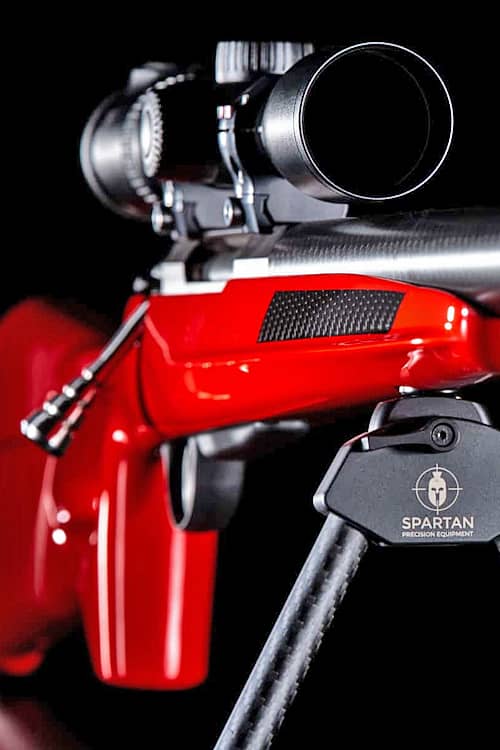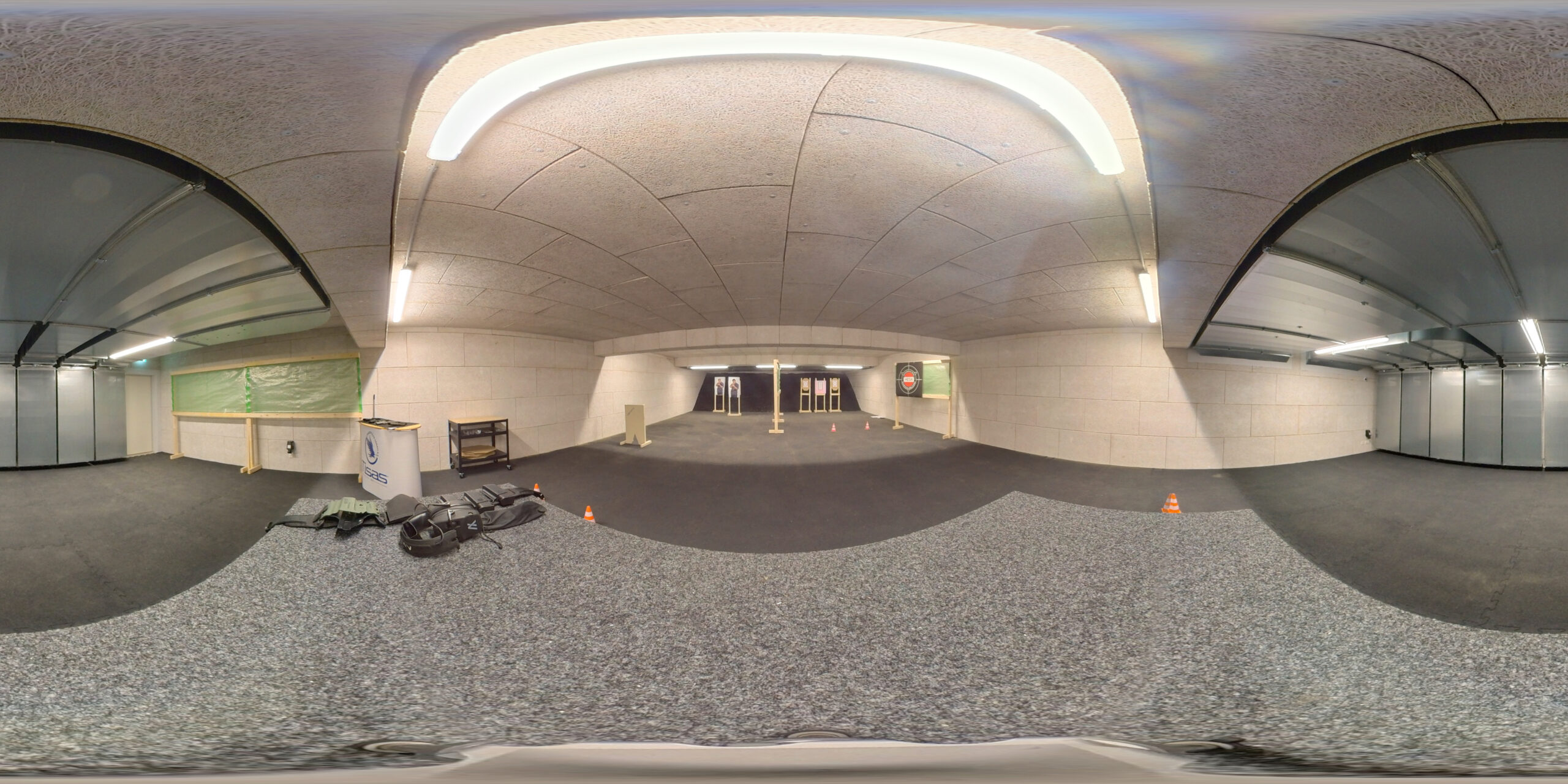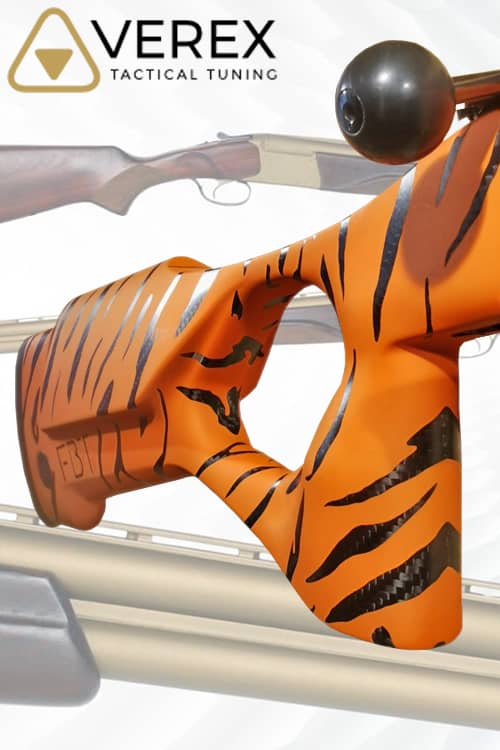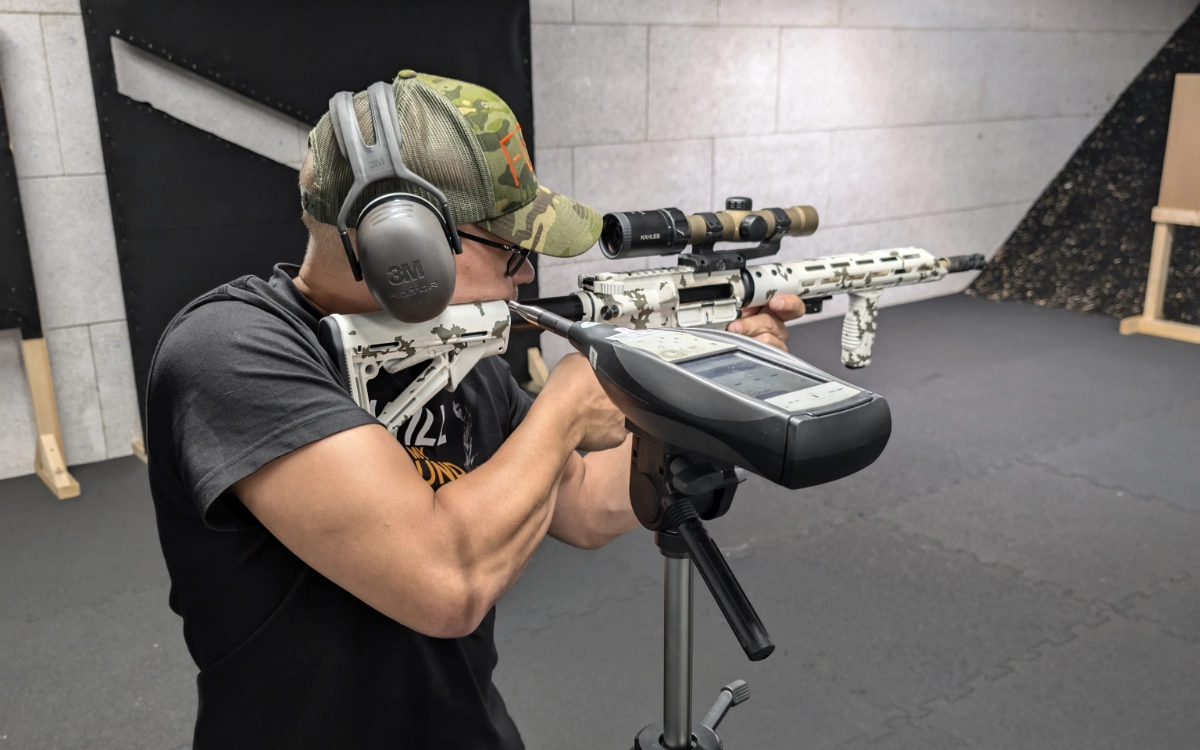Attenuation performance of weapon silencers: Possibilities, limits and a critical look at dB figures
Silencers, or suppressors, are an indispensable tool for many gun owners. They reduce the sound level of a shot and thus minimise its environmental impact.
But how effective a silencer actually is depends on a number of physical, technical and practical factors.
The Maximum attenuation power in decibels (dB) is often considered a key feature of a silencer.
However, these figures should be evaluated with caution, as they do not always reflect the actual conditions and results in practice. In this article we a look at the possibilities and limits of damping performance and explain why the dB figures should be critically scrutinised.
The attenuation performance of a silencer: possibilities
A Suppressor works on the principle of reducing the sound energy generated by the shot, by slowing down, cooling and partially redirecting the expanding gases. This significantly reduces the sound pressure level generated when a firearm is fired.
You could also refer to a silencer as a "converter", since the Sound energy converted into other forms of energy is converted. The main part of the energy is converted into the force that counteracts the recoil and into heat, which leads to the clearly perceptible heating of the silencer.
Typically, the attenuation performance of a silencer is specified in dB, where Reductions in the range of 20 to 40 dB are considered typical.
Factors that influence the damping performance:
- Design of the silencer:
The design plays a decisive role. Silencers with several chambers, baffles or special sound-absorbing materials offer a higher silencing performance. The material used, such as aluminium, stainless steel or titanium, also influences efficiency. - Calibre of the weapon:
Larger calibres usually generate more gas volume and higher pressures, which makes damping more difficult. Silencers are often tuned to specific calibres to achieve maximum efficiency. - Ammunition type:
Subsonic ammunition (velocity below the speed of sound) does not produce a sonic boom, which further reduces the remaining sound level. Supersonic ammunition, on the other hand, produces a shock wave that the silencer cannot eliminate as it is only generated outside the silencer. - Surroundings:
Shot sounds are influenced by the environment. Open fields, closed rooms or sound-reflecting surfaces such as concrete walls can change the perception of attenuation.
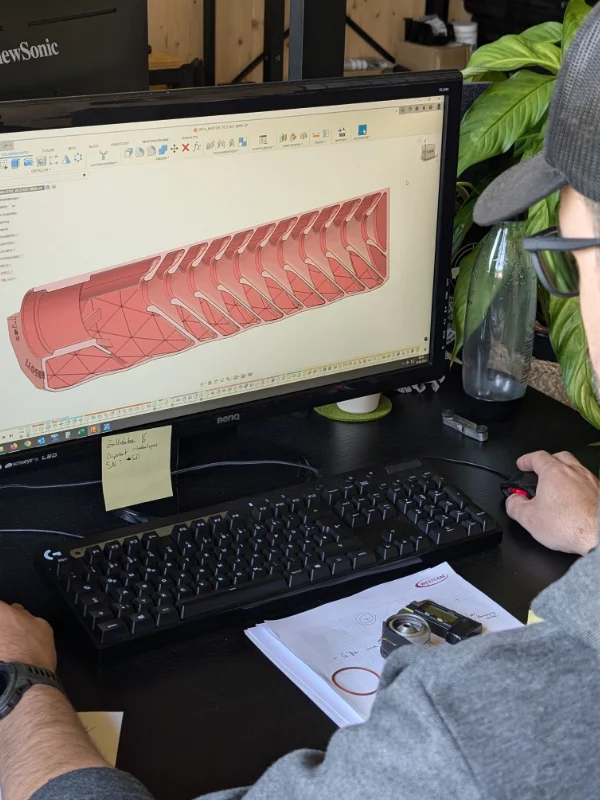
Limits of the damping performance
Despite technological advances, there are physical and practical limits to sound attenuation. These limits should be taken into account in order to set realistic expectations.
- Residual sound remains
A silencer can reduce the sound level, but not eliminate it completely. Even under ideal conditions, a residual sound often remains in the range of 110 to 140 dB - still enough to make hearing protection advisable. - Sonic boom
If the bullet velocity exceeds the speed of sound, a supersonic pressure wave is created that can be heard independently of the silencer. This makes it impossible to achieve a "silent" shot with supersonic ammunition. - Material limits
The silencer materials must be able to withstand extreme temperatures and pressures. While lighter materials such as aluminium offer good heat dissipation, they can wear out more quickly with continuous firing, intensive use or corrosion. - Heating and maintenance problems
Silencers heat up considerably during use. This not only impairs handling, but can also reduce the attenuation performance, as the cooling of the gases becomes less effective due to the lower heat difference.
Why dB figures for product specifications should be treated with caution
At first glance, the maximum attenuation performance of a silencer in decibels appears to be a clear and objective value. In practice, however, there are several reasons why this information is not always meaningful.
- Different measurement methods:
The measurement of sound reduction is not standardised. Different manufacturers use different methods, devices and ambient conditions. This leads to deviations in the data.
" Position of the measuring device: Whether the sound is measured directly at the barrel, near the shooter or at a different distance has a significant influence on the result.
"Environmental influences: Open or closed rooms, wind or reflective surfaces can distort the measurement. Humidity, air temperature and sea level (air pressure) also have a strong influence on the measured values. - Calibre and ammunition dependence:
The dB specification often refers to a certain calibre, a specific ammunition and a certain barrel length. If the user deviates from this, the actual damping performance can be significantly different. - Marketing strategies:
Manufacturers tend to present the best possible values that are achieved under idealised conditions. These figures are often not representative in practice. - Subjective perception:
The decibel scale is logarithmic, and a reduction of 30 dB, for example, does not mean that the shot appears three times quieter. The human perception of loudness is also subjective and can vary.
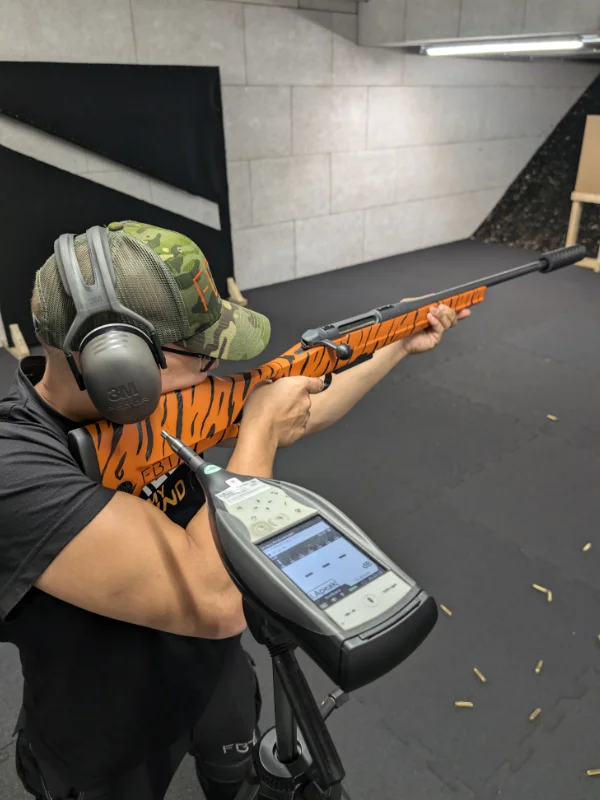
How to realistically assess the damping performance
To estimate the actual attenuation performance of a silencer, the following factors should be taken into account:
- Practice-orientated tests:
Shooters should test the silencer with their own weapon and ammunition under real conditions in order to obtain a realistic assessment of the performance. - Independent measurements:
Independent tests and reviews carried out under standardised conditions can be helpful in verifying information. - Combination of silencer and hearing protection:
Even the most powerful silencer is no substitute for hearing protection. A combination of both measures offers the best protection and ensures realistic expectations.
Conclusion
The The damping performance of a weapon silencer depends on numerous factors including the design, the ammunition used and the environmental conditions. Whilst silencers can achieve impressive results in reducing sound levels, there are physical limits that they cannot overcome.
Maximum dB figures should therefore be viewed with caution, as they are often determined under idealised conditions and do not always reflect actual practice. A critical eye, coupled with your own tests, is crucial in order to realistically assess the actual performance of a silencer.



